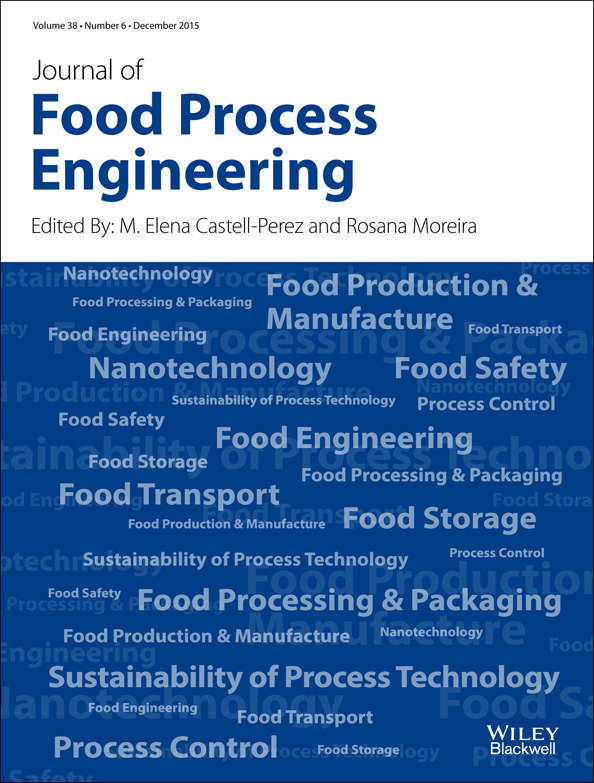Optimizing Microwave-Assisted Extraction of Phenolic Antioxidants from Red Delicious and Jonathan Apple Pomace
Abstract
Microwave-assisted extraction (MAE) of phenolic antioxidants from the pomace of Red Delicious and Jonathan apple varieties was optimized using response surface methodology. Optimization parameters included solvent type, microwave power, solvent volume to sample ratio and extraction time. Optimum conditions were based on the total polyphenol content (TPC) of extracts. Antioxidant activities of optimized extracts were also measured by inhibition percentage (IP) of the DPPH (2,2-diphenyl-1-picrylhydrazyl) free radical. High-performance liquid chromatography was used to identify and quantify some of the major phenolics extracted. Red Delicious pomace had the highest TPC (15.8 mg GAE/g) obtained under the optimum extraction conditions of 735 W power and 149 s extraction time with 10.3 mL of ethanol per gram dry sample. The DPPH IP of this extract was 77.1%. Phloridzin, caffeic acid, chlorogenic acid and quercetrin were some of the major polyphenols identified in the extracts. MAE was found to be an effective method of extracting antioxidant compounds from apple pomace.
Practical Applications
Extraction of phenolics from apple pomace using microwave-assisted extraction (MAE) has significant potential compared with traditional extraction methods, as it significantly reduces extraction time and solvent consumption while generating higher extraction yields. The optimized extraction conditions obtained in this study resulted in extracts with high concentrations of polyphenols and high DPPH (2,2-diphenyl-1-picrylhydrazyl) radical-scavenging activity. Optimized extraction conditions were found to be independent of apple variety and therefore can be extended to extraction of phenolics from the pomace of other apple cultivars. This work opens the door for further research on the feasibility of an industrial-scale continuous MAE process for the recovery of these valuable compounds from apple pomace. In addition, there is promise for these value-added extracts to be used in a number of applications, including the extension of product shelf life (as an alternative to synthetic antioxidants), functional food ingredients and dietary supplements.




